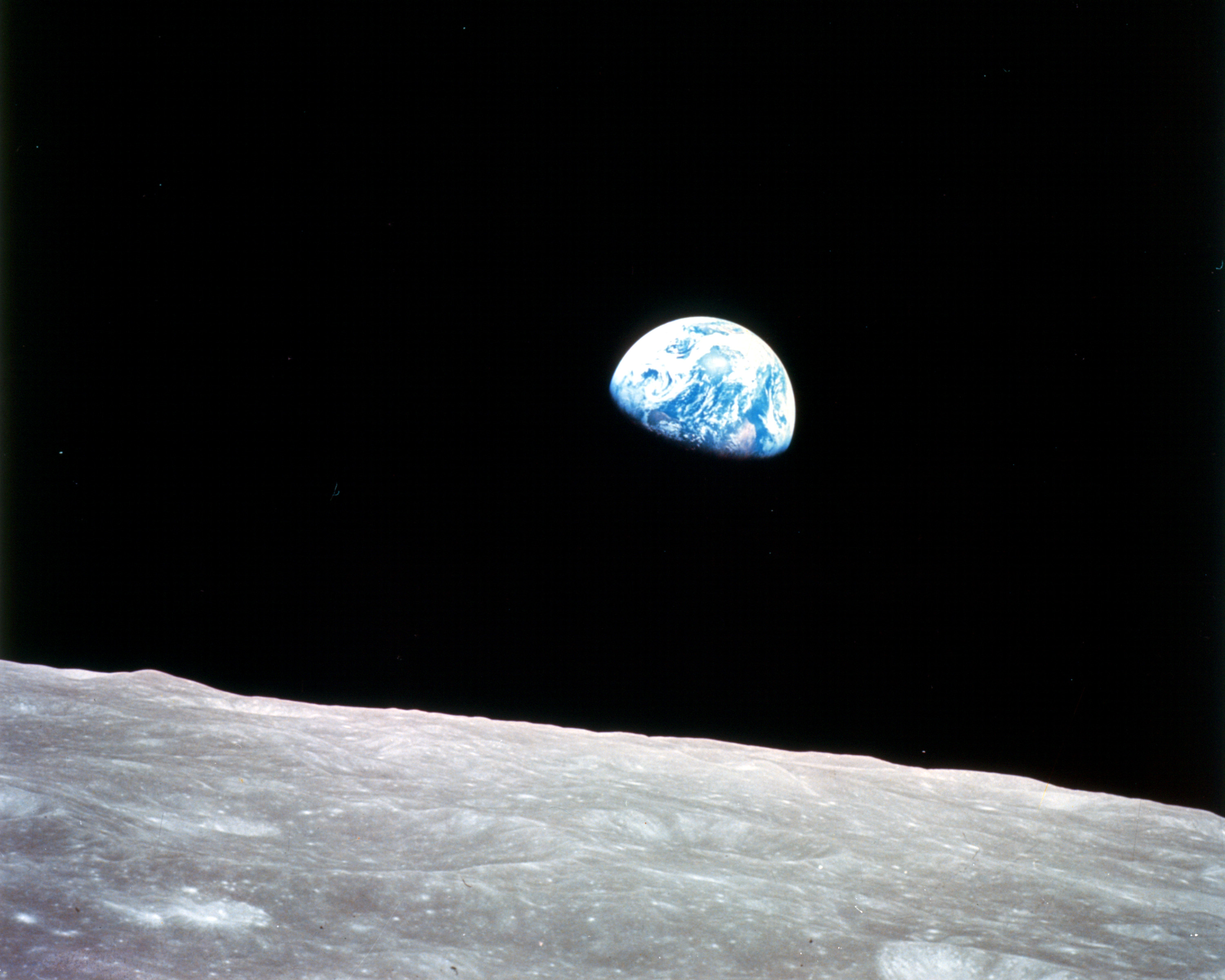Naked singularities (Cosmology)
Enlarge text Shrink textIn general relativity, a naked singularity is a hypothetical gravitational singularity without an event horizon. When there exists at least one causal geodesic that, in the future, extends either to an observer at infinity or to an observer comoving with the collapsing cloud, and in the past terminates at the gravitational singularity, then that singularity is referred to as a naked singularity. In a black hole, the singularity is completely enclosed by a boundary known as the event horizon, inside which the curvature of spacetime caused by the singularity is so strong that light cannot escape. Hence, objects inside the event horizon—including the singularity itself—cannot be observed directly. In contrast, a naked singularity would be observable. The theoretical existence of naked singularities is important because their existence would mean that it would be possible to observe the collapse of an object to infinite density. It would also cause foundational problems for general relativity, because general relativity cannot make predictions about the evolution of spacetime near a singularity. In generic black holes, this is not a problem, as an outside viewer cannot observe the spacetime within the event horizon. Naked singularities have not been observed in nature. Astronomical observations of black holes indicate that their rate of rotation falls below the threshold to produce a naked singularity (spin parameter 1). GRS 1915+105 comes closest to the limit, with a spin parameter of 0.82-1.00. It is hinted that GRO J1655−40 could be a naked singularity. According to the cosmic censorship hypothesis, gravitational singularities may not be observable. If loop quantum gravity is correct, naked singularities may be possible in nature.
Read more on Wikipedia >
 Topic
Topic





